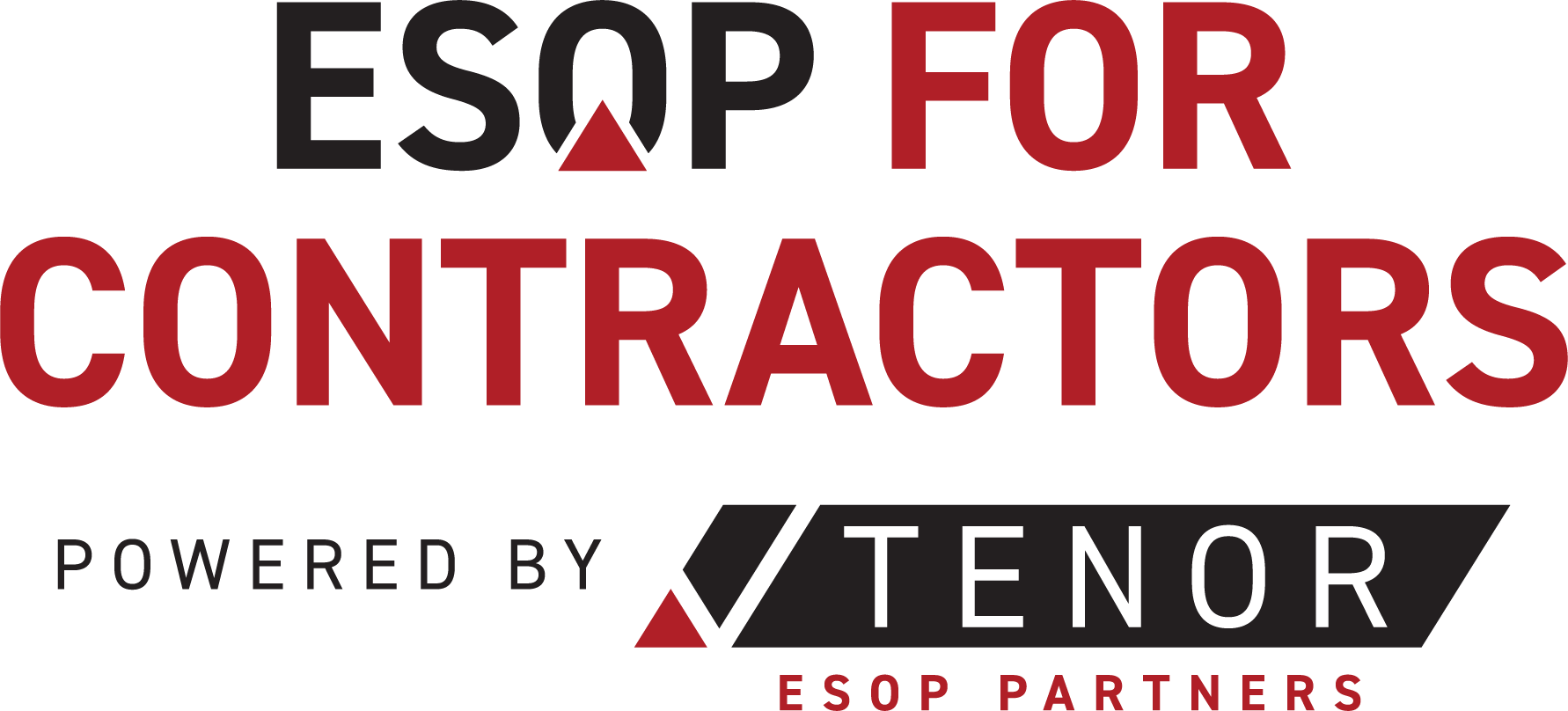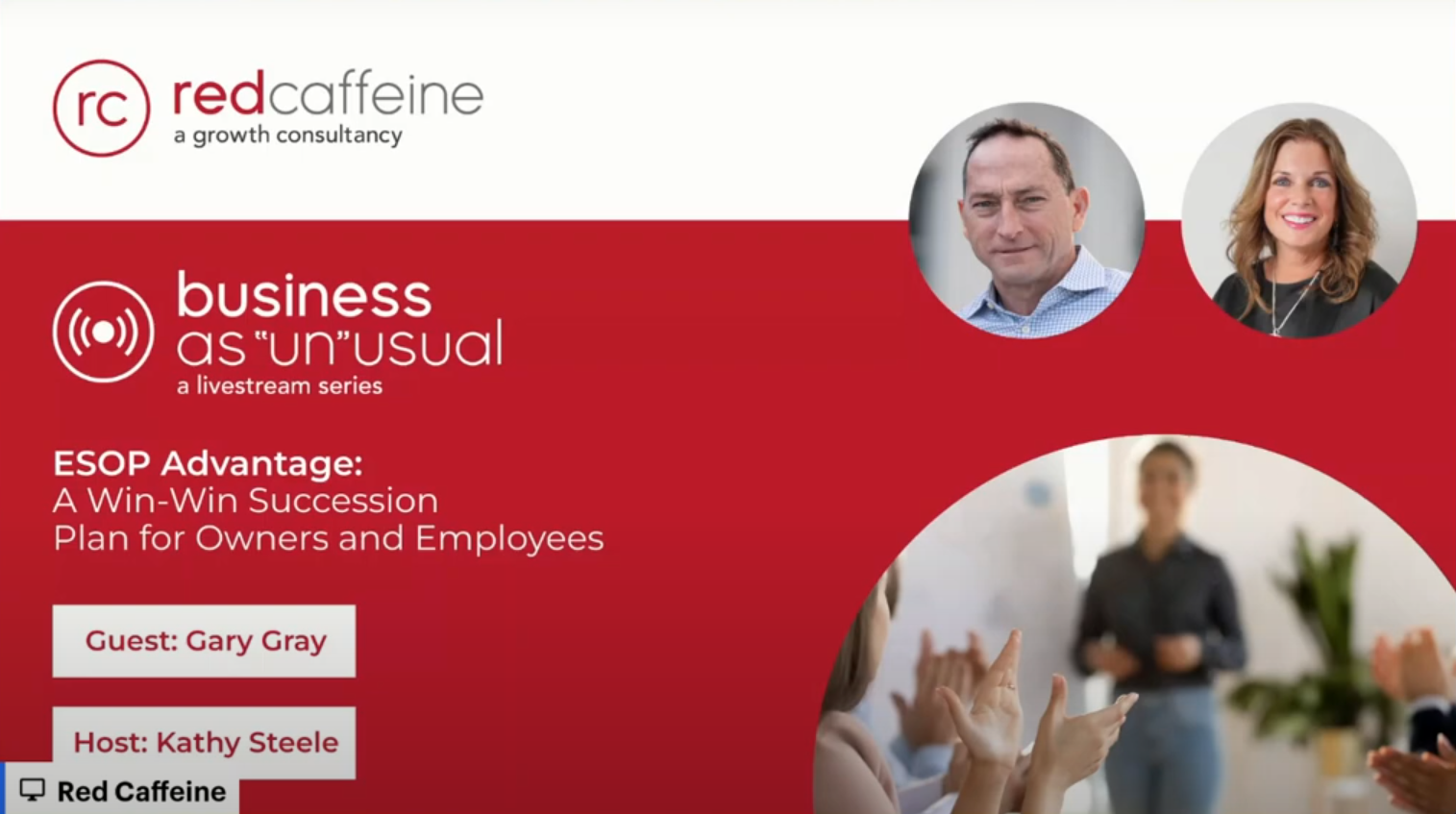Time to read: 12 minutes
Employee Ownership Tax Benefits Specific to Construction Companies
Introduction: Why Construction Companies Increasingly Choose Employee Ownership
Employee ownership plans have gained significant traction in the construction industry for good reason. While employee ownership offers advantages for companies across many sectors, construction businesses benefit from a unique alignment between industry-specific challenges and employee ownership tax advantages. From equipment-intensive operations to project-based cash flow patterns, construction companies often discover that employee ownership structures deliver particularly powerful financial benefits.
This guide examines the specific tax advantages that make employee ownership especially valuable for construction companies, including how these benefits apply to different company structures and sizes. Understanding these advantages helps construction business owners make informed decisions about whether converting to employee ownership might be the optimal transition approach for their specific situation.
Fundamental Employee Ownership Tax Benefits for Construction Companies
Before examining construction-specific applications, it's important to understand the core tax benefits that employee ownership provides:
S-Corporation Employee Ownership Tax Exemption
When an S-Corporation is owned wholly or partially by an employee ownership plan, the portion owned by the plan pays no federal income tax (and often no state income tax). This creates a significant competitive advantage, particularly important in the thin-margin construction industry:
- A 100% employee-owned S-Corporation pays zero federal income tax on all company profits
- A partially employee-owned S-Corporation pays no tax on the percentage of profits attributable to employee ownership
This tax exemption creates substantial additional cash flow that can be directed toward growth investments, debt servicing, or bonding capacity enhancement—all critical needs in construction operations.
Tax-Deductible Principal and Interest on Employee Ownership Loans
When a construction company establishes employee ownership through leveraged financing:
- Both principal and interest payments on the employee ownership plan loan are tax-deductible
- This contrasts with traditional acquisition financing, where only interest is typically deductible
For capital-intensive construction businesses, this enhanced deductibility creates significant cash flow advantages during the employee ownership financing period.
Tax-Deferred Rollover for Selling Shareholders (Section 1042)
Construction company owners selling to an employee ownership plan can potentially defer capital gains taxes indefinitely through a Section 1042 rollover:
- Sellers must reinvest proceeds in qualified replacement securities (typically stocks and bonds of domestic operating companies)
- The transaction must involve a C-Corporation (or an S-Corporation that converts to C status before the sale)
- The employee ownership plan must own at least 30% of the company after the transaction
This tax deferral can substantially increase the seller's effective proceeds compared to traditional sales, particularly for construction business owners with significant capital gains exposure.
Construction-Specific Employee Ownership Tax Applications
These fundamental tax benefits create unique advantages when applied to different types of construction operations:
Heavy Civil/Infrastructure Contractors
Heavy civil contractors face distinct challenges that make employee ownership tax benefits particularly valuable:
Equipment-Intensive Operations: Civil contractors typically maintain substantial equipment fleets requiring regular replacement and upgrades. The employee ownership tax exemption creates additional cash flow for equipment investment without increasing debt burdens:
Example: A $50 million revenue heavy civil contractor generating $5 million in annual profit would save approximately $1.75 million in federal taxes as a 100% employee-owned S-Corporation. This tax savings could fund equipment investments without additional financing costs, enhancing competitiveness on future bids.
Project Retention Requirements: Infrastructure projects often involve substantial retainage that impacts cash flow. Employee ownership tax benefits help offset these constraints: Example: A civil contractor with $2 million in retained project funds benefits from the additional working capital provided by employee ownership tax savings, reducing reliance on lines of credit to fund operations while waiting for retention release.
Commercial General Contractors
Commercial contractors find specific advantages in employee ownership structures due to their business models:
Bonding Capacity Enhancement: The improved cash flow from employee ownership tax benefits strengthens financial statements, potentially increasing bonding capacity—a critical success factor for commercial contractors: Example: A $75 million commercial contractor transitioning to 100% employee ownership would typically save $2-3 million annually in federal income taxes. This improved cash flow strengthens the balance sheet and can increase bonding capacity by $15-20 million, enabling pursuit of larger projects with higher margins.
Human Capital Investments: Commercial construction success depends heavily on project management talent. Employee ownership structures help retain key employees while creating tax-advantaged funding for talent development: Example: A mid-sized commercial contractor can redirect $500,000 in annual tax savings toward enhanced project management training, software systems, and retention bonuses—all while maintaining profit distributions to owners.
Specialty Trade Contractors
Specialty contractors (electrical, mechanical, plumbing, etc.) experience unique benefits from employee ownership tax advantages:
Labor-Intensive Operations: Many specialty trades require substantial investments in workforce development and retention. Employee ownership tax savings provide funding for these initiatives: Example: An electrical contractor with 120 employees can use employee ownership tax savings to fund enhanced apprenticeship programs, technical certifications, and performance incentives without reducing profitability or cash reserves.
Cyclical Revenue Patterns: Many specialty contractors experience significant revenue fluctuations. Employee ownership tax benefits create financial cushions during downturns: Example: A mechanical contractor generating $1.2 million in annual tax savings through employee ownership can build cash reserves during strong markets, providing stability during inevitable market corrections without reducing operational capacity.
Residential Builders
Homebuilders and residential contractors leverage employee ownership tax benefits to address industry-specific challenges:
Land Acquisition Funding: Residential builders require substantial capital for land acquisition and development. Employee ownership tax savings can fund these investments: Example: A homebuilder saving $800,000 annually in taxes through employee ownership can acquire and develop additional lots without increased leverage, reducing carrying costs while maintaining inventory for future growth.
Market Cycle Management: Residential construction follows pronounced market cycles. Employee ownership tax advantages help navigate these fluctuations: Example: A residential contractor can use tax savings accumulated during strong markets to maintain core staff and operations during housing downturns, preserving capabilities for the eventual recovery without excessive debt.
Project Retention Requirements: Infrastructure projects often involve substantial retainage that impacts cash flow. Employee ownership tax benefits help offset these constraints:
Example: A civil contractor with $2 million in retained project funds benefits from the additional working capital provided by employee ownership tax savings, reducing reliance on lines of credit to fund operations while waiting for retention release.
Employee Ownership Benefits Across Different Construction Company Sizes
The application of
employee ownership tax benefits varies based on company size and structure:
Small Construction Companies ($5-15 Million Revenue)
Smaller construction firms typically benefit from:
- Owner exit planning flexibility with tax-advantaged succession
- Enhanced cash flow relative to company size
- Improved ability to retain key employees through ownership
Example: A $10 million revenue specialty contractor with $800,000 in annual profit would save approximately $280,000 in federal taxes as a 100% employee-owned S-Corporation. For a small contractor, this represents significant additional working capital relative to size.
Optimal Structure: Small construction companies often begin with partial employee ownership (30-49%), allowing for tax benefits while maintaining seller control during transition. Many eventually progress to 100% employee ownership as the selling owner fully exits.
Mid-Sized Construction Companies ($15-100 Million Revenue)
Mid-sized construction firms leverage ESOP benefits for:
- Competitive advantage through enhanced cash flow
- Bonding capacity expansion through strengthened financials
- Management retention and development funding
Example: A $40 million commercial contractor generating $3.2 million in profit would save approximately $1.1 million annually in federal taxes as a 100% employee-owned S-Corporation. This saving typically represents the equivalent of 1-2 additional senior project managers or a 20-30% increase in bonding capacity.
Optimal Structure: Mid-sized construction companies often implement either 100% employee ownership (for maximum tax benefits) or strategic partial ownership (51-70%) that balances tax advantages with other strategic considerations.
Large Construction Companies ($100+ Million Revenue)
Larger construction operations utilize employee ownership tax benefits to:
- Fund strategic acquisitions and expanded capabilities
- Invest in technology and process improvements
- Enhance competitive position through cost advantages
Example: A $150 million heavy civil contractor with $12 million in annual profit would save approximately $4.2 million in federal taxes as a 100% employee-owned S-Corporation. This tax advantage could fund significant equipment fleet upgrades, technological investments, or geographic expansion without increasing leverage.
Optimal Structure: Large construction companies typically benefit most from 100% employee ownership to maximize tax advantages, often implementing sophisticated management incentive programs alongside the employee ownership plan to drive continued performance.
Implementation Considerations for Construction Companies
While tax benefits make employee ownership attractive, construction companies must address several industry-specific implementation considerations:
Valuation Factors in Construction Employee Ownership
Construction company valuations require specialized expertise due to:
- Project backlog valuation and quality assessment
- Equipment fleet condition and valuation methodology
- Work-in-progress accounting implications
- Bonding relationship valuation impact
Accurate valuations ensure both fair selling prices for owners and sustainable employee-owned operations going forward.
Financing Employee Ownership Transactions in Construction
Construction companies can leverage several industry-specific financing advantages:
- Equipment assets often provide strong collateral for employee ownership loans
- Real estate holdings can be separated and leased back to optimize employee ownership structure
- Seller financing aligned with project completion milestones
- Bank financing leveraging stronger post-transition financial projections
Regulatory Compliance for Employee-Owned Construction Companies
Construction companies implementing employee ownership must address:
- Union considerations for contractors with collective bargaining agreements
- Multi-state operation implications for licensing and qualification
- Bonding indemnification in employee ownership transitions
Conclusion: Is Employee Ownership Right for Your Contractor Business?
The tax benefits outlined in this guide make employee ownership particularly attractive for many construction businesses. However, successful implementation requires careful consideration of your specific situation, goals, and company structure.
For construction company owners approaching transition planning, converting to employee ownership represents a powerful option that combines significant tax advantages with legacy preservation, employee benefits, and operational continuity. The tax savings generated through employee ownership structures often prove particularly valuable in addressing the capital-intensive, competitive nature of construction operations.
The most successful employee-owned construction companies begin with thorough analysis of how these tax benefits apply to your specific situation, followed by carefully structured implementation that maximizes advantages while addressing industry-specific challenges.
How to get started
Getting started with an Employee Stock Ownership Plan (ESOP) can transform your contracting business, unlocking potential for growth and ensuring lasting value for everyone involved. At ESOP for Contractors, we understand the intricacies of the process, from assessing your company's current status to designing a tailored ESOP that aligns with your goals.
Our leadership team knows firsthand how to create winning strategies that benefit both owners and team members alike. If you're curious about how an ESOP could enhance your business's future, we invite you to reach out for a free consultation. Let’s explore how we can help you achieve sustainable success together!

Gary Gray, Founder
Book a Free Consultation
Interested in a free consultation for your contracting business? Send us a message - We’re here to help.
Thank you for contacting us! We’ve received your message and will get back to you as soon as possible. If you need immediate assistance please call us at 404-849-0244.
Please try again later















